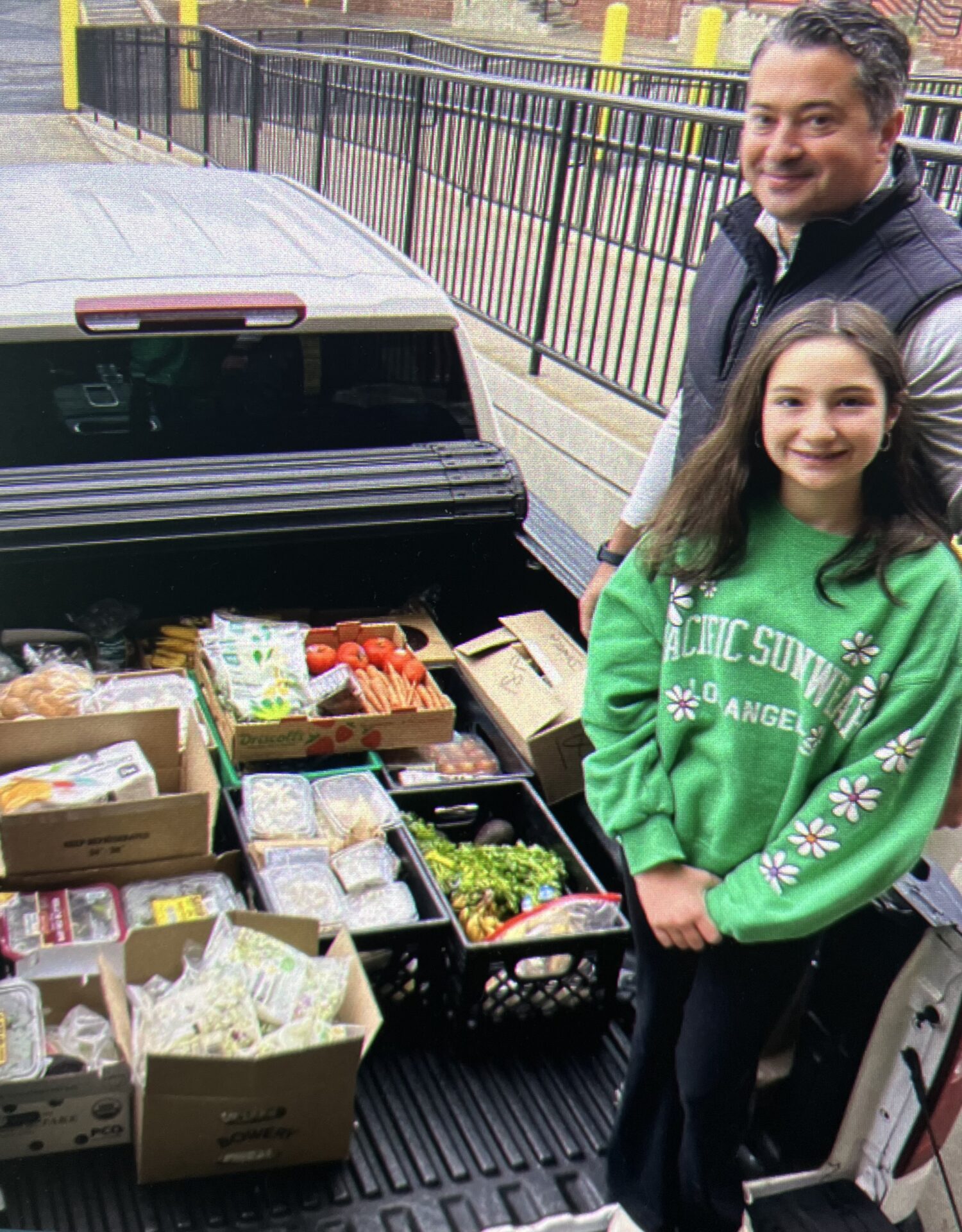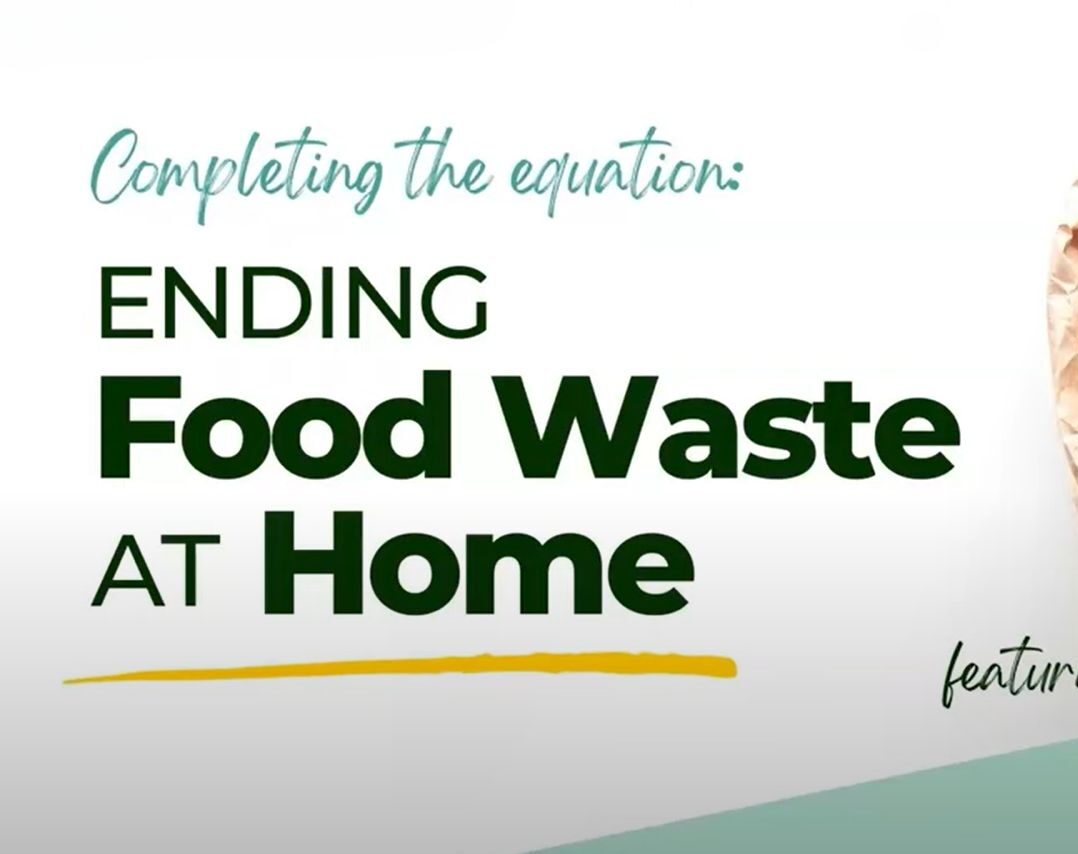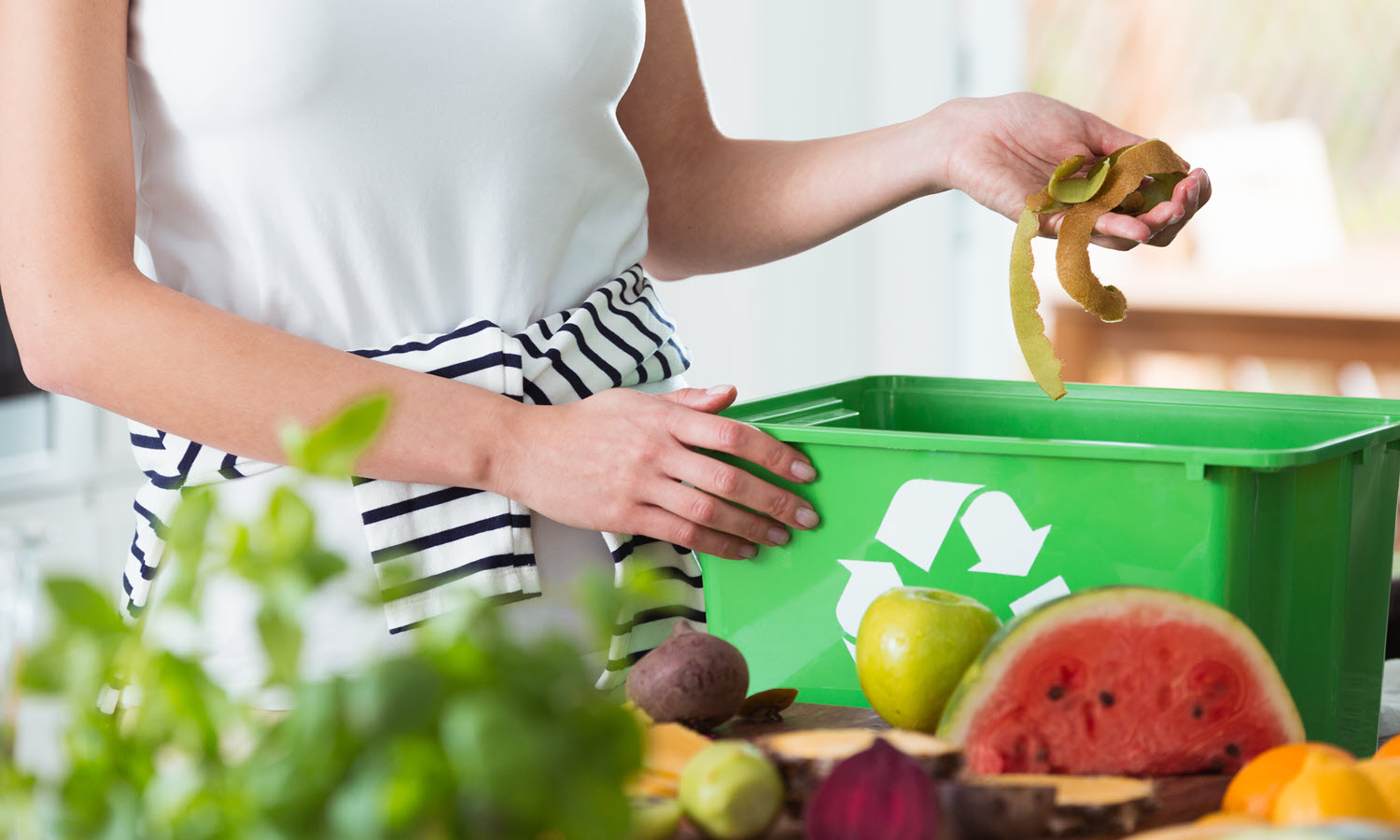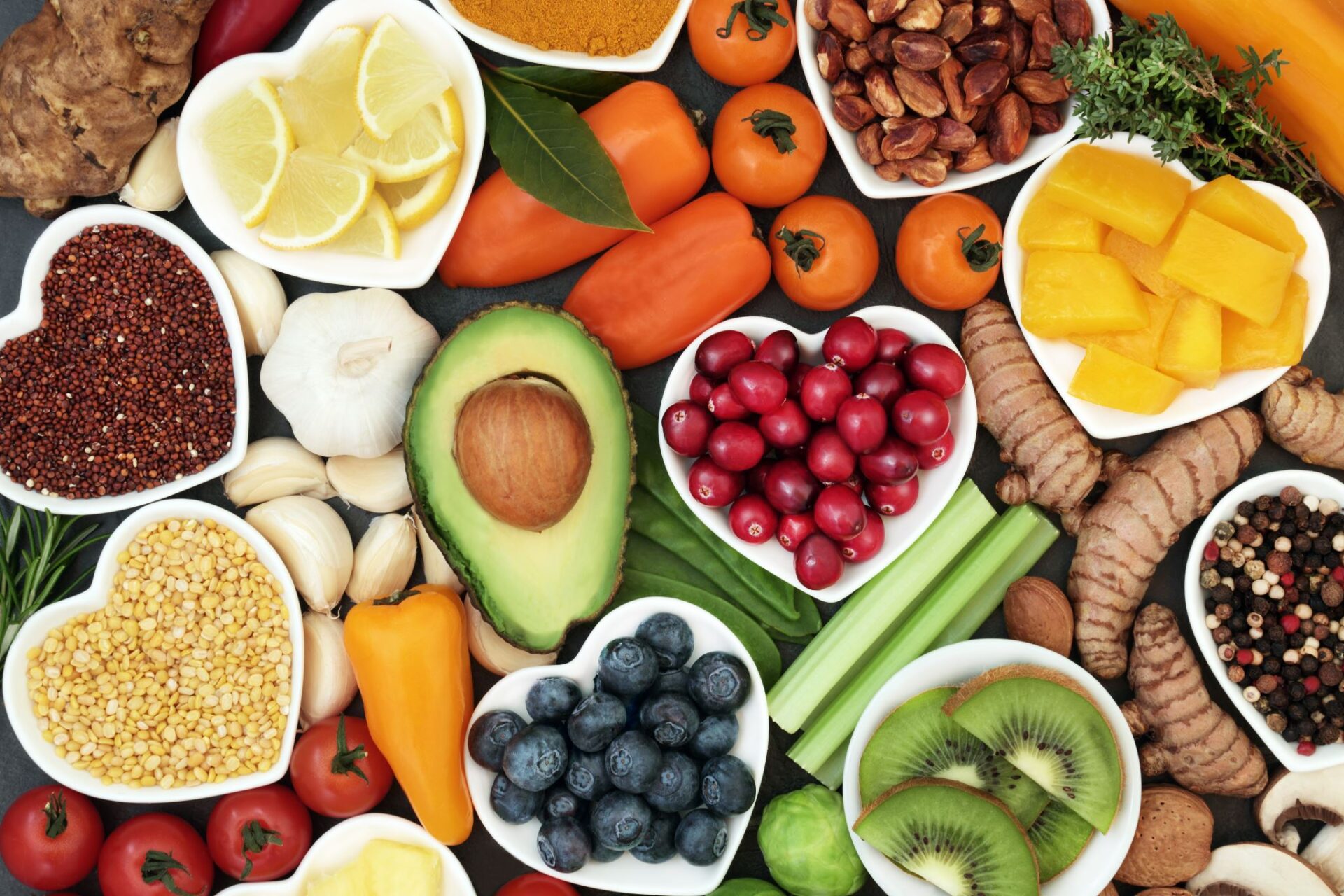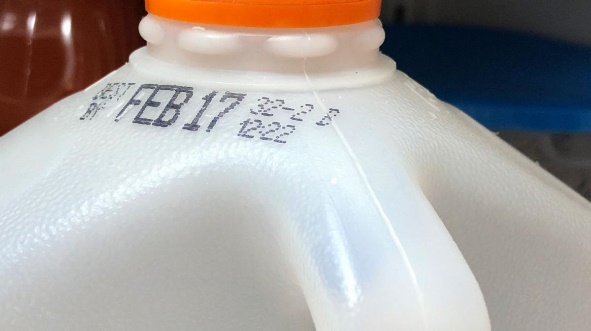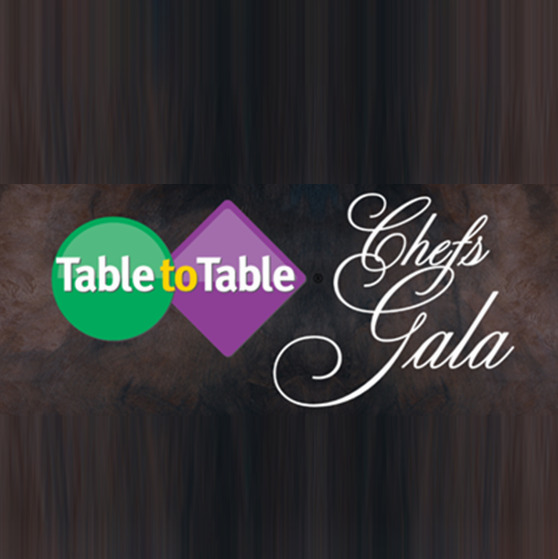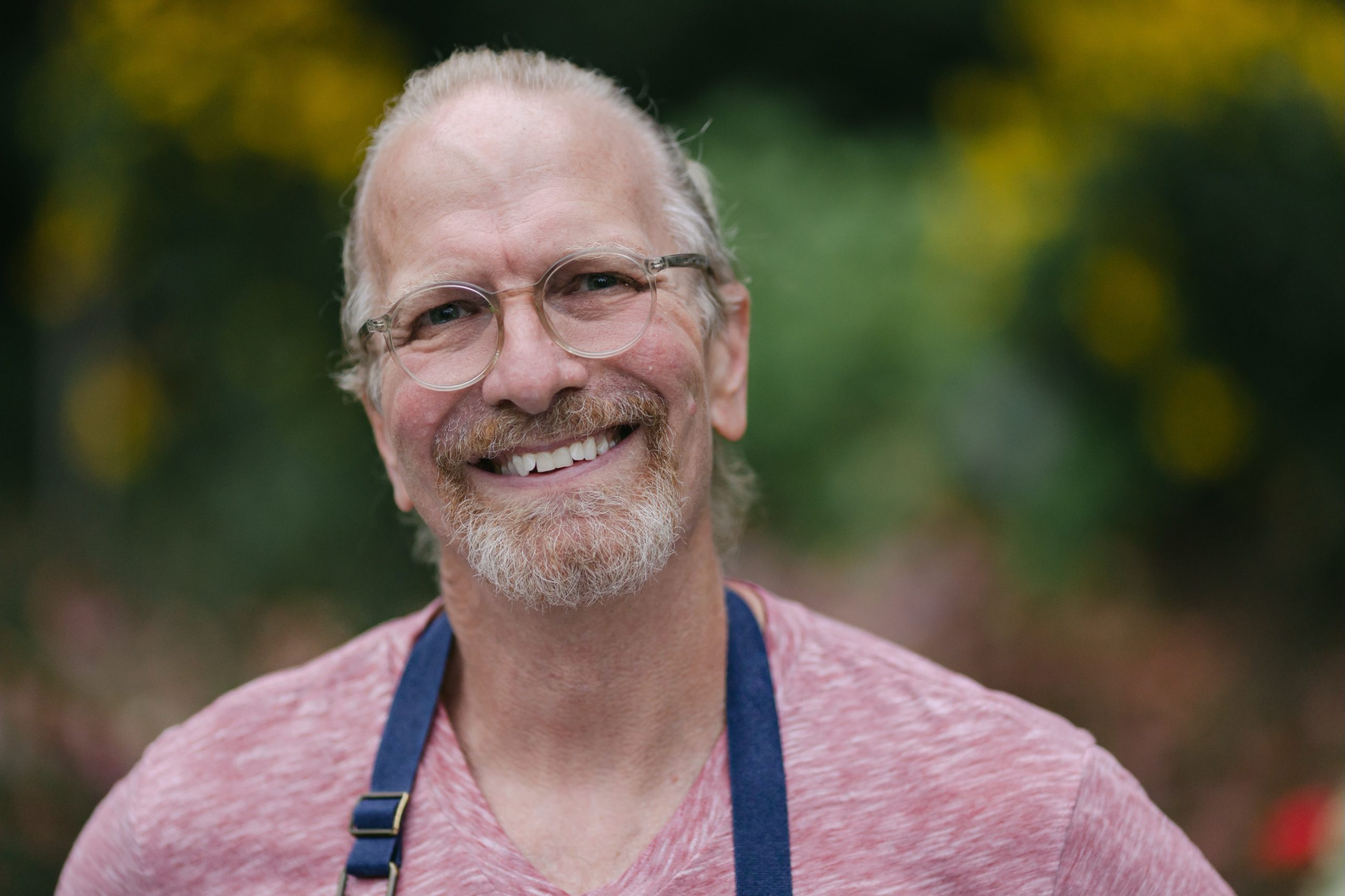
Blog
A Conversation with 2022 Chefs Gala Honoree Michel Nischan
A Conversation with 2022 Chefs Gala Honoree Michel Nischan
One word to describe you as a person: Engaging
As a humanitarian: Empathetic
Tell us a little bit about yourself, your mission, and how you got to where you are/what you’re doing today?
I believe that everyone, regardless of race, age, ethnicity, age, or income, should have the right to eat and feed their families well. I learned how to provide that experience for my dining customers over the years who could afford to choose a healthier approach to food. When I learned about the millions of individuals and families who couldn’t afford to eat better – even if they wanted to – I started Wholesome Wave.
Why the shift from restaurants to low-income households?
Low-income households represent 15 % of the population in America who cannot afford to avoid diet-related diseases, which are preventable, but only if you can afford to choose the healthier foods necessary to prevent or better manage them. There is no restaurant chain or business model that’s affordable for a family of four that has between two and four dollars for all four people for dinner tonight. The answer was not in how business addresses nutrition insecurity for low-income community members, but rather how public policy should address it.
Why tackle snap benefits?
SNAP is a large piece of the nutrition puzzle, at a spend rate of ~$80B per year. But when divided out amongst the ~50M who need it, it’s about $120 a month for food. SNAP has not kept pace with the cost of living. Simple increases to the budget, in a manner that incentivizes healthy food choices, could go a long way to ending nutrition insecurity suffered by low-income community members and families.
What age did you find out this was going on in the world around you?
My family was on “Food Stamps” a few times when I was growing up, but I thought it was something we were experiencing, and a few of my friends at school. When I became recognized for my well-being cruising at Heartbeat Restaurant in NYC, I was invited to wellness think tanks that included conversation on food insecurity in low-income communities. That’s when I learned the vast scale of food insecurity.
What marked the change between “Food Insecurity,” and “Nutrition Insecurity?”
I always believed there was a big difference between food insecurity – having enough food – and nutrition insecurity – being able to afford and access the right food to avoid or better manage diet-related diseases. I started focusing on articulating the distinction when we started fielding our Produce Prescription intervention, where clinicians could prescribe the fruits and vegetables their low-income patients needed to better manage their diet-related health conditions.
What is something you wish people would know about those suffering from poverty and lack of access to fresh produce, and these systems we have in place today?
I have yet to meet a low-income community member or family who doesn’t desire to eat healthier or provide healthier food for their families. They simply can’t afford it. Our consumer attitude surveys showed that low-income shoppers, urban and rural, valued the same attributes as higher income shoppers such as quality of produce; selection of produce; supporting local farmers and businesses. It’s sad to realize that the focus of our society as a country has determined income to be the differentiator amongst our neighbors, rather than the values we all hold and align on. Like taking care of each other.
What would you like to see shift in the world when it comes to food systems? What do you think is the next step?
Food systems should be designed to make our country physically well, culturally fulfilled, and family secure. Once that happens, we would truly be physically and mentally strong, resilient, and productive. The scaled economic benefits from that approach are immeasurable. We currently look at our food system as a place to invest and make money based on the lowest common denominators of most goods and excess consumption.
What is the difference between Wholesome Wave and Wholesome Crave?
Wholesome Wave is a 501(c)(3) public charity that creates concepts like doubling SNAP for fruits and vegetables and procedure prescriptions, then works to institutionalize them through policy change.
Wholesome Crave a for-profit food company that sells plant-based food intro scaled food service operations at colleges, universities, and large-scale employers to provide tax-free gross revenue to support the work of Wholesome Wave.
More From News
April 16, 2024
Q & A With Julie Kinner
April 15, 2024
Reducing Food Waste Everyday
February 28, 2024
Table to Table Tips for Reducing Food Waste
REAL PEOPLE, REAL STORIES.
February 12, 2024
Helpful + Tasty Ways to Stay Heart-Healthy
In addition to celebrating Valentine’s Day, there’s something else to love about the month of February! It’s also American Heart Month, a...
January 18, 2024
By Being in the Know, You Can Reduce Food Waste
Reducing food waste is a critical part of our mission and work at Table to Table. By rescuing fresh, nutritious food that...
August 21, 2023
This Fall, Choose Culinary Excellence that Helps Our Community
Indulge your senses and make a difference in the lives of our hungry neighbors in New Jersey by attending the highly anticipated...








